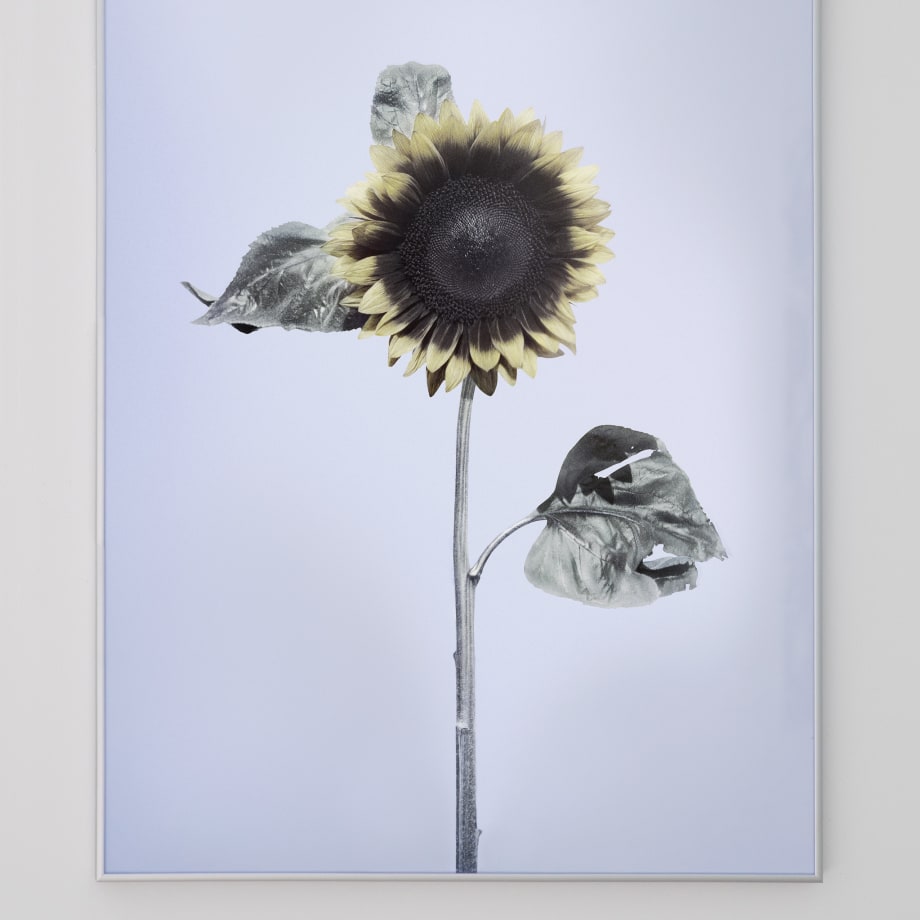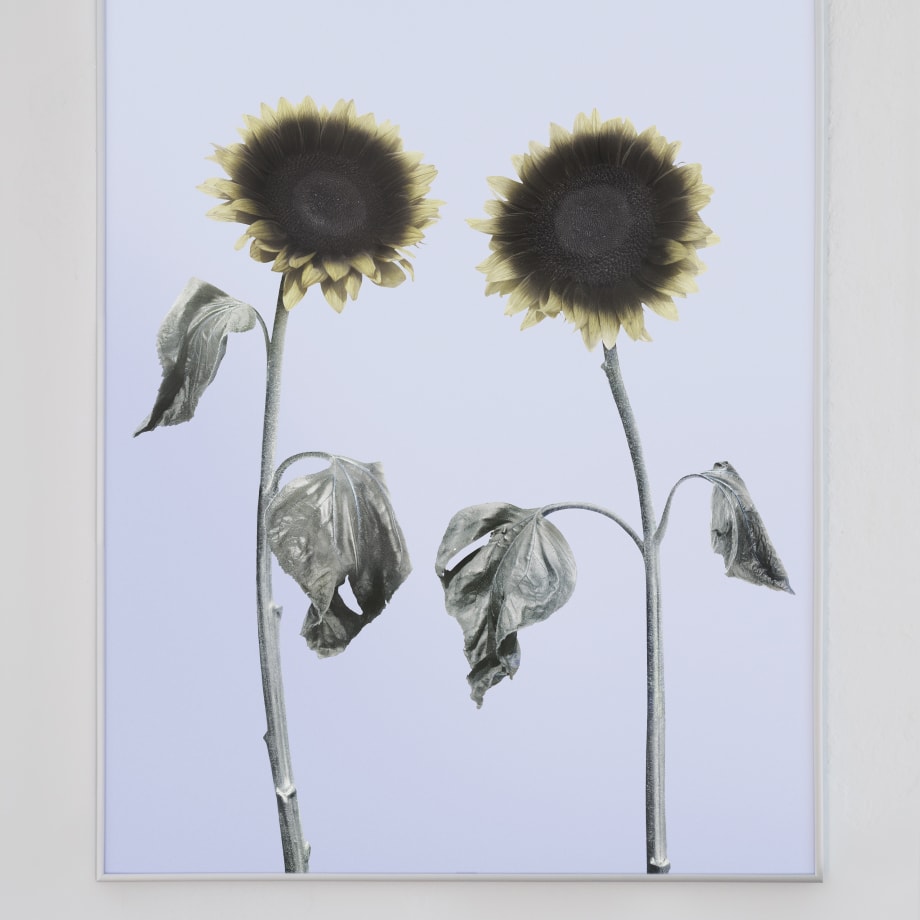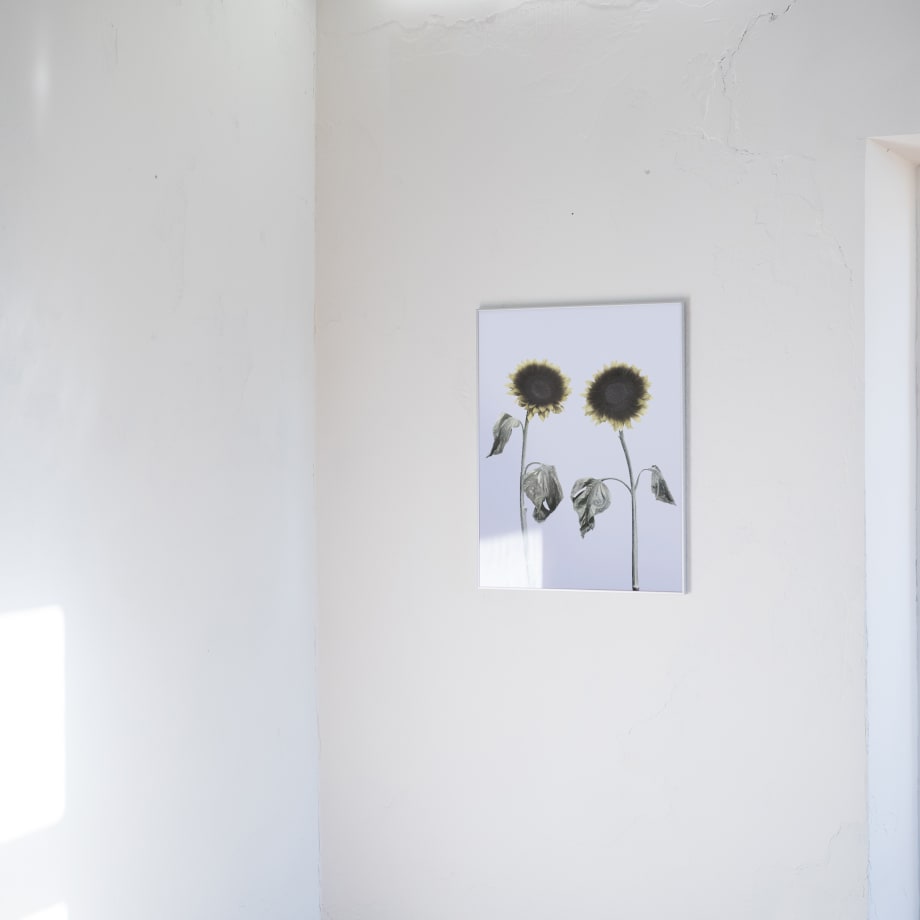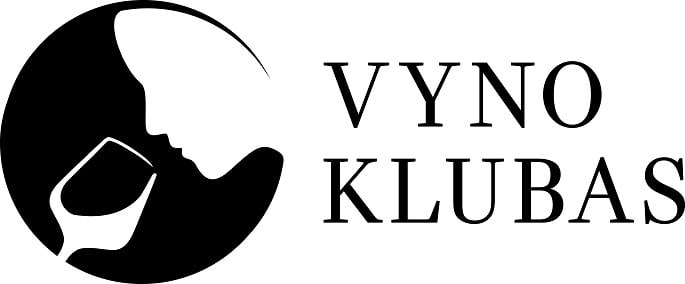06 08 2020 – 17 09 2020
Artists Viltė Bražiūnaitė & Tomas Sinkevičius and Gabrielė Adomaitytė participated in a group exhibition Palydos at the newly opened contemporary art space Swallow in Vilnius, Lithuania.
Participating artists: Gabrielė Adomaitytė, Viltė Bražiūnaitė ir Tomas Sinkevičius, Martin Ebner, Agnė Jokšė, Ona Juciūtė, Laura Kaminskaitė and Nicholas Matranga.
Curators: Edgaras Gerasimovičius, Audrius Pocius, Vaida Stepanovaitė.
Gabrielė Adomaitytė
SLC6A4, oil and acrylics on canvas, 150 x 110 cm, 2020
Gabrielė’s Adomaitytė’s piece SLC6A4 is part of an ongoing series of works, in which personal stories told by the artist intertwine with visually interpreted material aspects of archives, encyclopaedias and information in general. The work exhibited in the exhibition reveals the artist’s relationship with digital family trees created on platforms such as Geni or Ancestry based on family members’ DNA test results and virtual kinship. In the plane of the pictures, the artist creates a fictional infographic while employing different techniques and applying many layers coming from metrics, found in digitizes archives in the church of the village, where her great-grandparents used to live. These almost illegible handwritten documents are then combined with medical nanophotographs of chemical reactions, illustrations from the Natural History encyclopaedia (the mushroom illustration in the left-hand corner of the canvas), and hints of skeuomorphic design devices.
Viltė Bražiūnaitė & Tomas Sinkevičius
Honies, 3 compositions, UV photography, digital print, aluminum frame, glass, 80 x 60 cm, 2020
Honies is a series of sunflower portraits taken with an ultraviolet camera on a hot and radiant summer day. The ultraviolet camera reveals how harmful UV radiation invisible to the human eye illuminates the bodies. Ultraviolet photographs show dark stretches in the heads of sunflowers – bee landing sites. Bees see ultraviolet light and use it to collect pollen, directing their routes towards the patterned petals. The bees remember the plants they visited and collect pollen of the same colour and type during one flight – this consistency is also reflected in the series of the sunflower photographs.
Sunflowers were chosen for their exceptional appearance – their “heads”, facing the light as if solar collectors, following the path of the sun. Exhausted and withered by the heat of the sun, the sunflowers look into the camera lens and become images fluctuating between the styles of portrait photography and scientific documentation.







